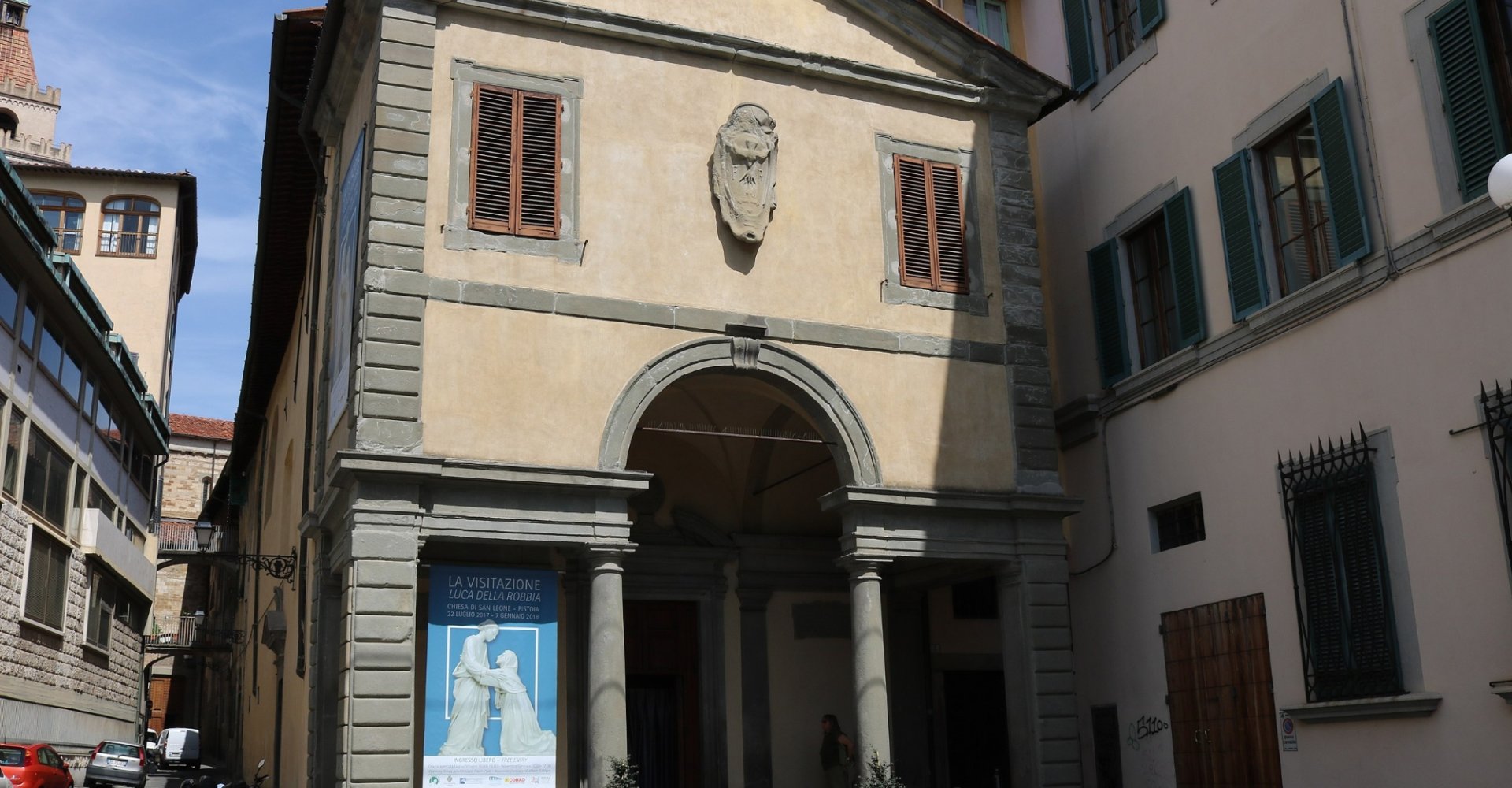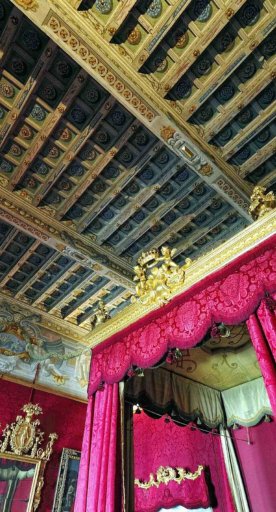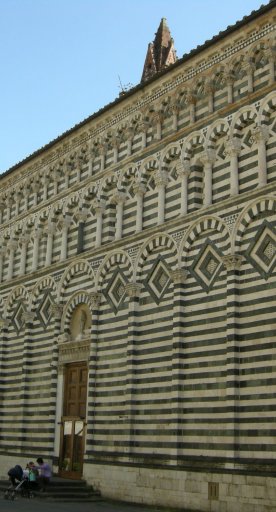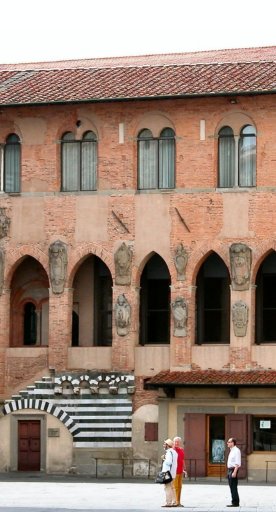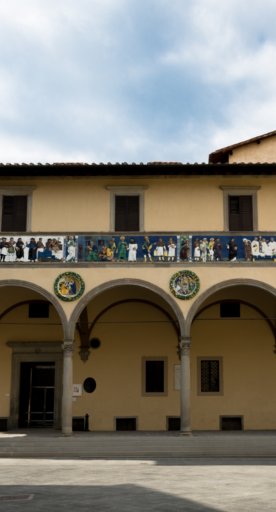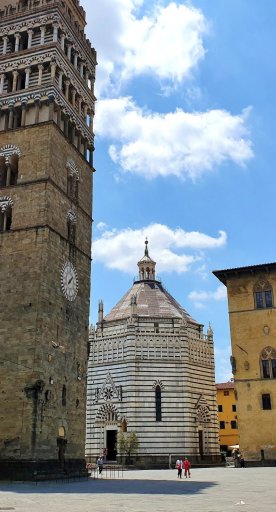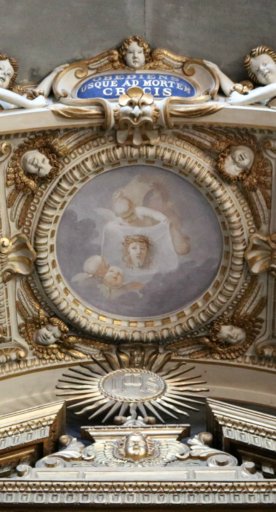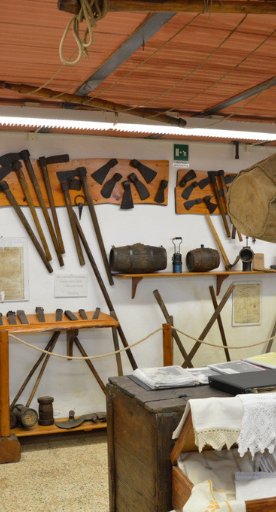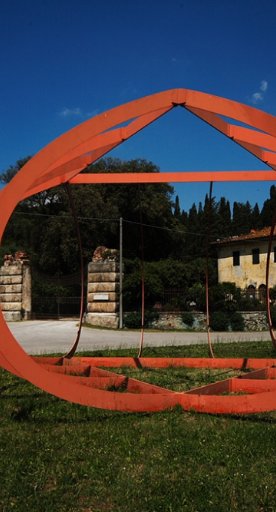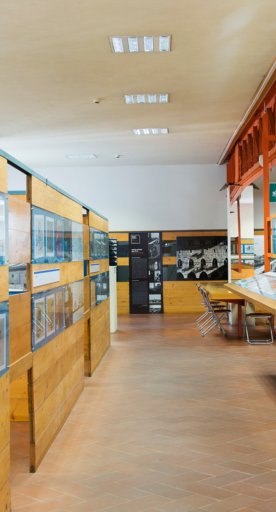Église de San Leone à Pistoia
À la découverte de la chapelle Sixtine de Pistoia, entre baroque et néoclassicisme
L’église de San Leone à Pistoia est l'un des joyaux baroques les plus importants de Toscane et est également appelée la chapelle Sixtine de Pistoia en raison de ses magnifiques fresques.
Les origines du bâtiment remontent à 1379, lorsqu'il était le siège de l'oratoire de la congrégation des prêtres séculiers du Saint-Esprit de Pistoia. Le prestige de la congrégation s'est accru au fil des siècles et sa fortune économique a prospéré au point qu'au XVIIIe siècle, elle a agrandi sa propriété en achetant des terrains adjacents. Plus tard, les frères décidèrent d'agrandir la structure de l'église et de la décorer à nouveau pour la rendre plus riche et plus proche du goût de l'époque. Les travaux furent confiés à Raffaello Ulivi de Pistoia et plus tard, entre 1753 et 1764, Vincenzo Meucci y travailla, aux côtés de Giuseppe Del Moro.
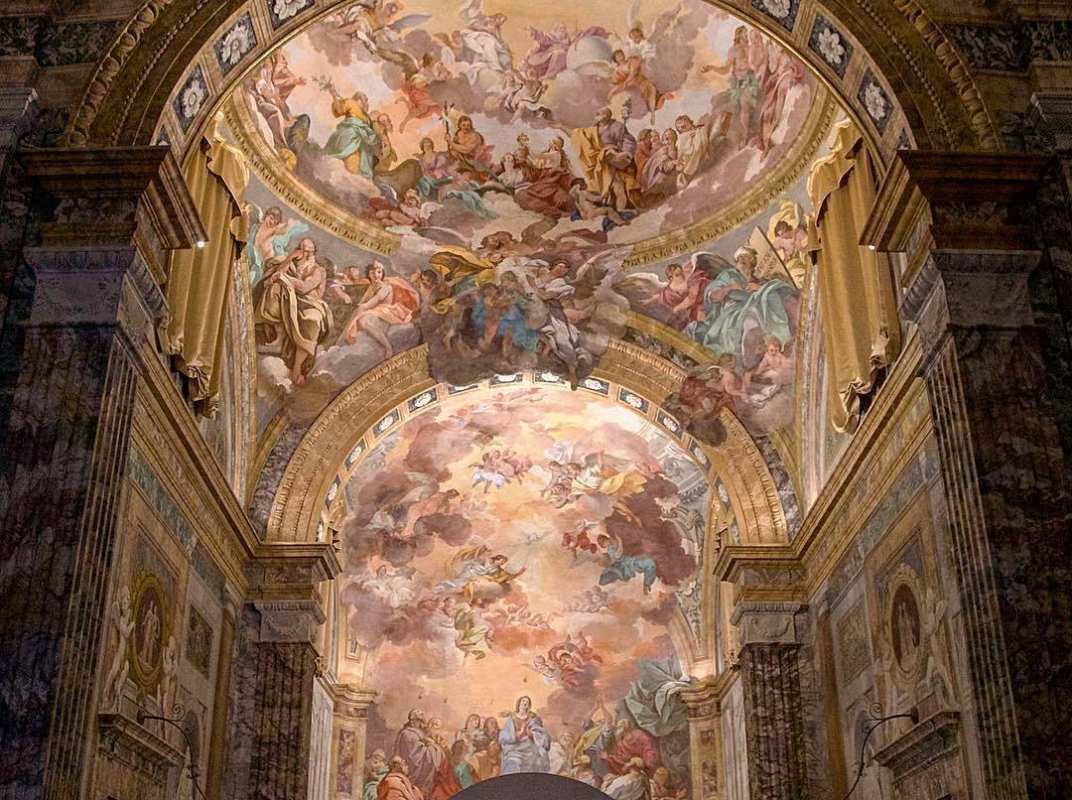
En 1764, les décorations sont achevées par un artiste bolonais, Mauro Tesi, qui marque la transition entre le baroque et le néoclassique avec les voûtes à faux caissons en nid d'abeille raffinées et les faux bas-reliefs représentant des épisodes évangéliques où le Saint-Esprit intervient.
L’espace intérieur a été entièrement embelli par la peinture en faux marbre coloré de toutes les corniches architecturales, ce qui donne à l'œil du spectateur l'illusion de se trouver dans une élégante salle aristocratique.
Les peintures des deux autels latéraux de la nef, encore présentes aujourd'hui, datent du XVIIe siècle et représentent, à gauche, l’Ascension du Christ de Stefano Marucelli pour la famille Bronconi et, à droite, la Résurrection du Christ de Giovanni Lanfranchi pour la famille Arfaruoli. Les armoiries des deux familles mécènes sont visibles dans les socles des autels.
En 1773, après 400 ans, la congrégation fut transférée et l'oratoire passa au séminaire épiscopal : c'est à cette occasion que l'église fut dédiée à saint Léon le Grand, patron du séminaire.
